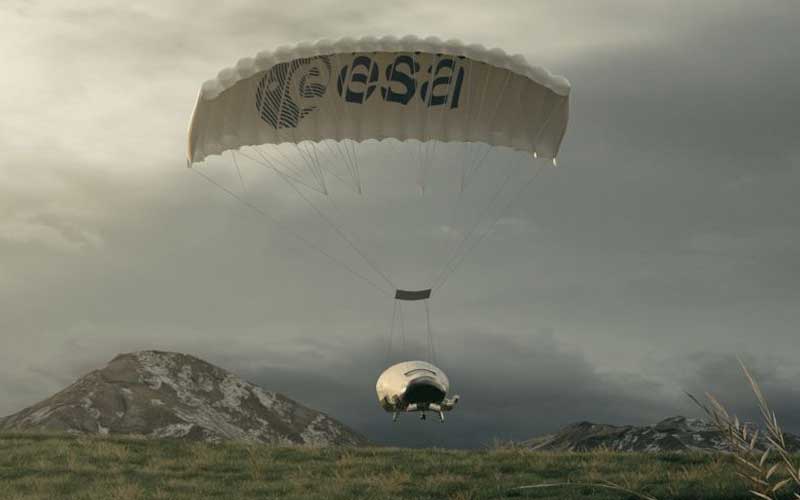
The Portuguese Space Agency announced 8 November that the island of Santa Maria has been chosen as the landing site for the inaugural flight of Space Rider.
Space Rider is an eight-metre reusable orbital vehicle designed to serve as a robotic laboratory in orbit, enabling scientific research and technology demonstrations. The vehicle is capable of remaining in orbit for two months at a time before returning its cargo back to Earth. The inaugural flight of Space Rider is expected to be launched in 2027 aboard a Vega C rocket equipped with its new P160 first stage.
The landing site for Space Rider’s inaugural flight was announced during the inauguration of the Portuguese Space Agency’s headquarters in Vila do Porto, on the island of Santa Maria. The announcement was made by European Space Agency Flight Director Stefano Bianchi.
While the Portuguese Space Agency’s press release covering the event was definitive in the selection of Santa Maria as the landing site for the inaugural flight, ESA was more careful with its language. In response to a European Spaceflight request for comment, the agency stated that Santa Maria was the “preferred ESA solution” for the landing site. The agency went on to state that it “is working with the Portuguese Space Agency in this direction.”
The latest milestones in Space Rider’s development have all revolved around the vehicle’s return to Earth. In August, ESA announced that a series of drop tests had been conducted in Sardinia. These tests validated the vehicle’s recovery system, which uses a parafoil and control winches to enable precise landings.
In early October, the Italian Aerospace Research Centre (CIRA) announced that it had, in collaboration with Thales Alenia Space and the National Institute for Aerospace Research, successfully completed testing of the components for Space Rider’s landing gear. The announcement added that the final test to validate the landing gear would be conducted in 2025, with the gear mounted to a mockup of the vehicle.




